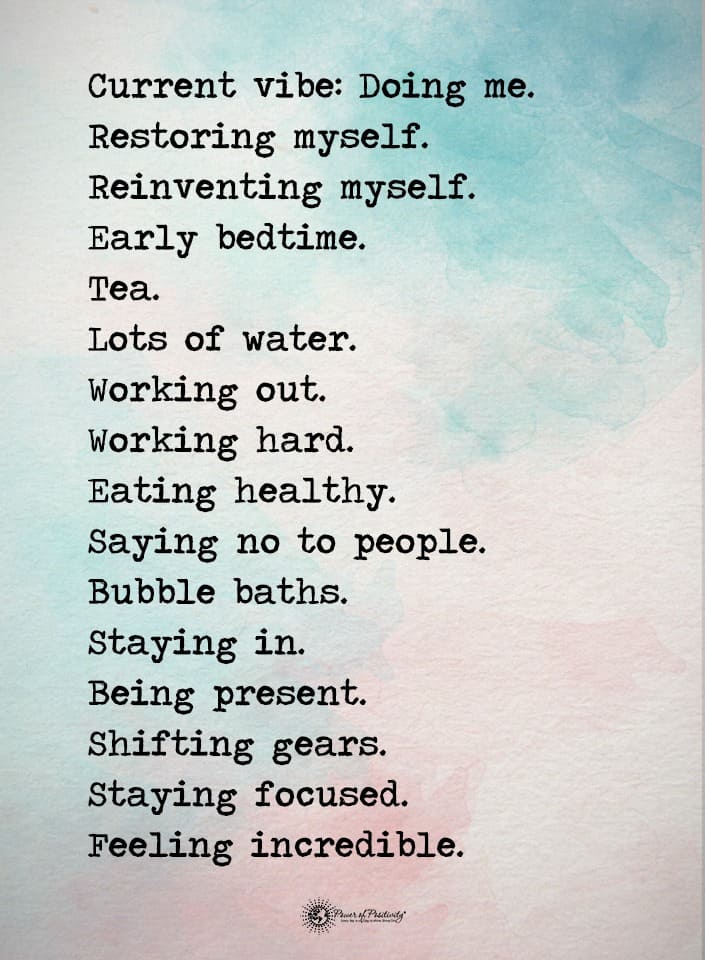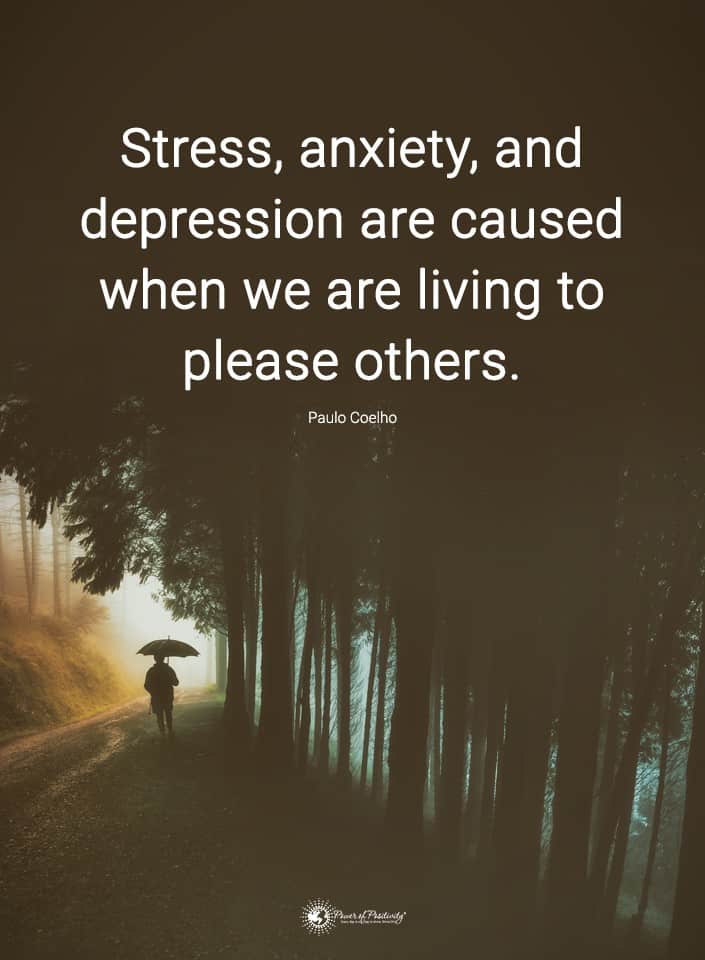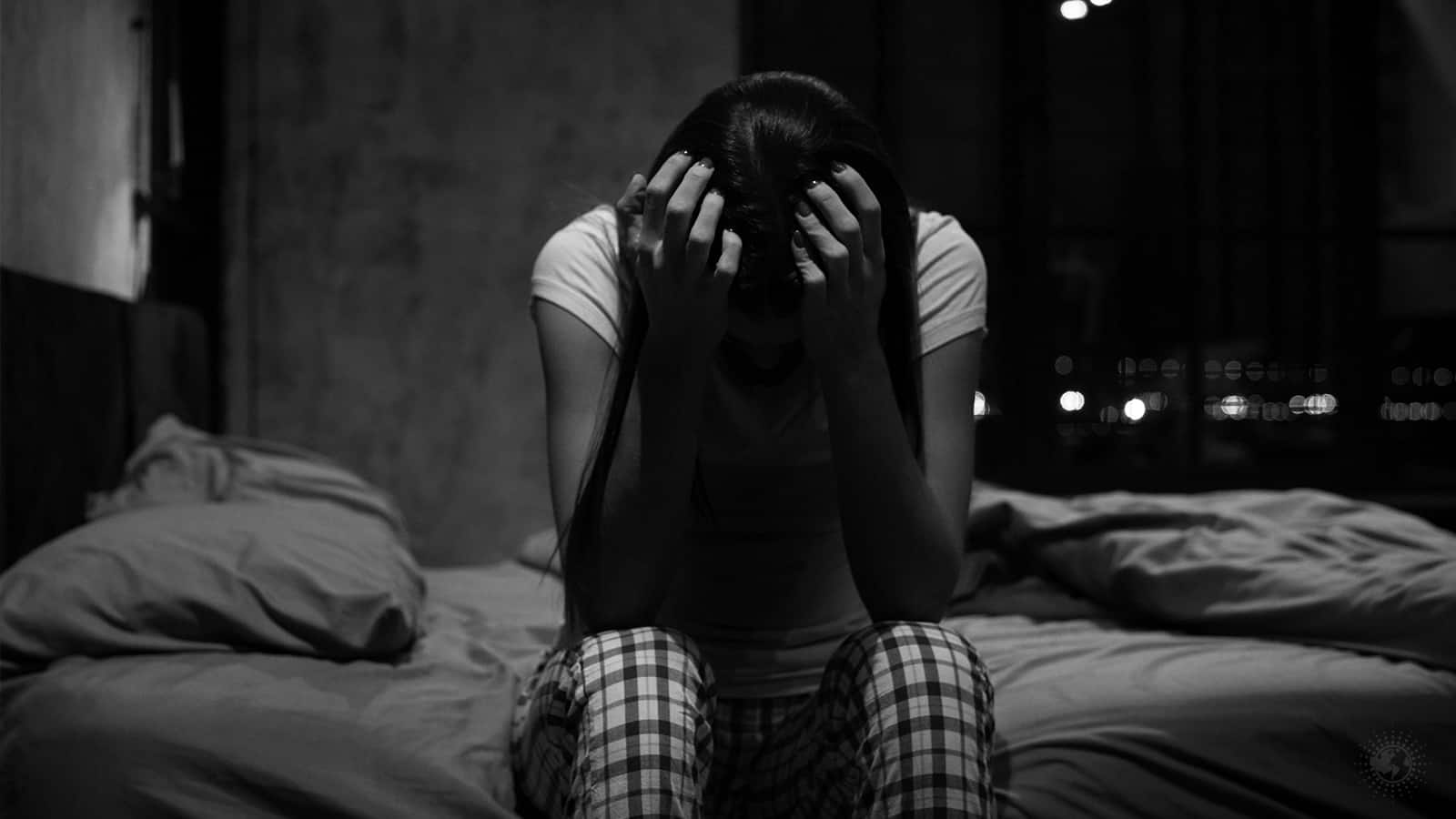Have you ever spent far too long tossing and turning at night, trying to find sleep that eludes you? Do you struggle to feel sleepy at bedtime, leading to exhaustion and decreased positive thinking the next day?
Feeling sleepy doesn’t have to be difficult, and lots of methods have been found that can aid with the drowsiness process. Here are 6 effective ways to feel sleepy in less than 10 minutes!
1. Think To Yourself
For many people, it’s difficult to feel sleepy when your mind is full. But what if the secret lay in what you were thinking, not the idea of thinking at all? Here are some things to “think” or say to yourself to help you feel sleepy, especially if you’re already in bed:
 · Counting
· Counting
When you need to get sleepy, start counting down backward from 100. At some point, before you hit zero, you’re likely to slip into sleep. It helps distract from negative thoughts and can make you feel bored enough to check out for the night.
· “Stay awake!”
A concept called paradoxical intention, proven in research, suggests that telling yourself to stay awake may cause you to fall asleep more quickly. This reduces a lot of the anxiety that can be caused by the inability to sleep, as telling yourself you need to sleep often causes you to stay alert due to the incurred stress.
· Delegate Worries
Anxiety before sleep is a common reason that many people are unable to turn in when they want to. So start telling your brain that the time before bed is a no-worry zone. If you’re in bed and nervousness kicks in, tell those worries “I will attend to you tomorrow”. Then, the next day, spend ten to fifteen minutes allowing those worries to be felt and processed before they’re delegated, again, to the next day. Chances are some of those anxieties will have faded by the morning, anyway.
2. The Military Method
This rather impressive method of getting to sleep claims to allow individuals to fall asleep very quickly, within just a total of 120 seconds. It was created as a routine for pilots in the United States Navy Pre-Flight School.
The Military Method can take 6 weeks to perfect. But once you do, it will effectively put you to sleep even with very loud noises in the background or after a heavy dose of caffeine! It’s also said to work for those trying to sleep while sitting. Do note that if you have a disorder such as anxiety or ADHD, you may not be able to benefit from this method.
Here’s how to perform the Military Method of falling asleep:
- Step 1: Start by relaxing the muscles of your face, including those within your mouth.
- Step 2: Lower your shoulders and let your hands go limp, falling beside your body, releasing tension in these areas.
- Step 3: Relax your chest as you breathe out deeply.
- Step 4: Relax your lower body – the thighs, legs, and calves.
- Step 5: Empty your mind over the course of 10 seconds, clearing it by going to your happy place or envisioning something relaxing. If unable to do so, you can also repeatedly “say” the words “don’t think” to yourself again and again.
- Step 6: That’s it; you should be snoozing in a mere 10 seconds, but keep doing this until you do fall asleep.
The act of visualizing a calm place can help manage the thoughts you experience that could keep you awake, and it’s even been found to have positive results for those with insomnia. Combined with careful breathing and muscle relaxation, you’ll be asleep in no time!
3. Ensure A Sleep-Conducive Room
If you’re trying to sleep, make sure the environment of your rest is conducive to such activities. A room full of things that will keep you awake is definitely not going to help matters. Most people naturally begin to fall asleep in 15 minutes – so 10 minutes in a well-suited room is more than enough to get you sleepy. Here are some factors to consider:
· Bed Comfort
A comfortable bed is a key to getting in the mood to sleep. It should be the right firmness with suitably comfortable pillows, all providing enough support to prevent pain. If you’re trying to sleep on something that isn’t a bed, try and make it as comfortable as possible with make-do pillows or blankets if you want to fall asleep faster.
· Light
The body’s production of melatonin, the sleep hormone, is dictated by the light that it receives. The brain adjusts its Circadian rhythm in response to light levels, so maintaining a dark room is key to feeling sleepy quickly.
· Temperature
A room that is too cold or too warm can easily make you too uncomfortable to quickly feel sleepy. The best temperature setting is believed to be around 60 to 67 degrees, as reported by the National Sleep Foundation. However, any cool room temperature can typically do the trick.
· Noise
Noise can disturb anyone’s ability to sleep, and even if you do manage to rest with a bunch of goings-on in the background, you’ll likely endure poorer sleep quality. Try and maintain a comfortable level of silence in your environment or opt for more positive and relaxing sounds to drown out the unwanted ones, like calming music or white noise.
4. Progressive Muscle Relaxation
 Progressive muscle relaxation refers to the act of tensing and relaxing your muscles in order from your head to your toes. This allows you to completely relax your body by the time you’re done, as long as you don’t strain yourself in the process, as the tension melts away from your muscles.
Progressive muscle relaxation refers to the act of tensing and relaxing your muscles in order from your head to your toes. This allows you to completely relax your body by the time you’re done, as long as you don’t strain yourself in the process, as the tension melts away from your muscles.
Here’s how to perform progressive muscle relaxation:
- Step 1: Start at the top of your head by lifting your eyebrows as high as you can, thus tensing the muscles of your forehead. Hold for five seconds.
- Step 2: As soon as the five seconds are up, drop your muscles by relaxing them. Pause for ten seconds.
- Step 3: Move on to your cheeks. Smile as widely as you can, thus tensing the muscles of your cheeks. Hold for five seconds, then drop and relax the muscles. Pause for ten seconds.
- Step 4: Close your eyes and squint as hard as you can, thus tensing muscles in that part of your face. Hold for five seconds, then drop and relax the muscles. Pause for ten seconds.
- Step 5: Tilt your head gently back to tense the muscles of your neck, making sure you’re still comfortable, but keeping your eyes on the ceiling with ease. Hold for five seconds, then drop your neck into your pillow and relax the muscles. Pause for ten seconds.
- Step 6: Continue repeating this process of tensing and relaxing progressively throughout your body. Go from your triceps to your chest, then to your thighs, and eventually to your feet.
- Step 7: As you do your relaxation, focus on the feeling of heaviness and comfort experienced by your body as you move on. You may fall asleep before you get to your feet!
5. Acupressure
You’ve probably heard of acupuncture, which involves inserting specific needles into specific points in the body to relieve tension and promote healing. Acupressure is that but without the needles! It involves finding points in the body to apply pressure to.
While a lot more research is still needed in the field, most have found that forms of acupressure boost their positive thinking and help them relax and get sleepy more quickly. Locating spots that are noticeably tense are key, but you can also try performing the following forms of acupressure:
· Inner Frontier Gate
Hold one palm face-up, then measure three widths of a finger down from the crease of your wrist. Apply pressure between the tendons here with your thumb in a downward, steady motion.
· Spirit Gate
Start by looking for the hollow space on the pinky side of your hand, under the palm. Place gentle pressure here with an up-and-down or circular motion over the course of two or three minutes. Then, do the same on the back of the hand, then repeat on the other hand.
· Wind Pool
Begin by locking your fingers with your palms touching, then open up your hands in a cup-like shape. Move your thumbs to the bottom of your skull so they touch where the head connects to the neck. Press down with a firm, deep pressure and massage in up-and-down and circular motions.
6. 4-7-8 Breathing
This breathing exercise is a way to quickly relax, mixing the powers of visualization, meditation, and deep breathing to create a fast creator of drowsiness. The more often you practice this kind of breathing, the better it will work for you. Here’s how to do it!
- Step 1: Start by resting your tongue tip behind your two front teeth, against your mouth’s roof. Make sure that your tongue stays here throughout the exercise, even if you have to purse your lips to make it happen!
- Step 2: Part your lips just a little bit and breath out from your mouth, creating a whooshing noise as you do so.
- Step 3: Close your lips once more and breathe in as quietly as possible through your nose. Do so for four seconds.
- Step 4: Stop inhaling and simply hold your breath, maintaining it for seven seconds.
- Step 5: Finally, exhale once more through slightly parted lips, creating a whooshing noise as you do so, over the course of eight seconds.
- Step 6: Repeat this process for about four complete breaths, trying your best to keep your mind empty and alertness levels down. If you feel relaxed before hitting four breaths, allow yourself to drift to sleep.
Do note that if you have a respiratory disease, such as chronic obstructive pulmonary disease or asthma, you should ask your doctor first before trying the 4-7-8 breathing exercise. For some patients with respiratory conditions, their symptoms can be aggravated by the practice!
 Final Thoughts On Some Effective Ways To Feel Sleepy In Less Than 10 Minutes
Final Thoughts On Some Effective Ways To Feel Sleepy In Less Than 10 Minutes
You need sleep to function at your best, and you can’t get the rest you need if you struggle to feel sleepy. Incorporating these science-backed methods can help you get to Dreamland a little quicker! If you think you have a sleep disorder or similar condition affecting your sleep, speak to a doctor for advice.


















